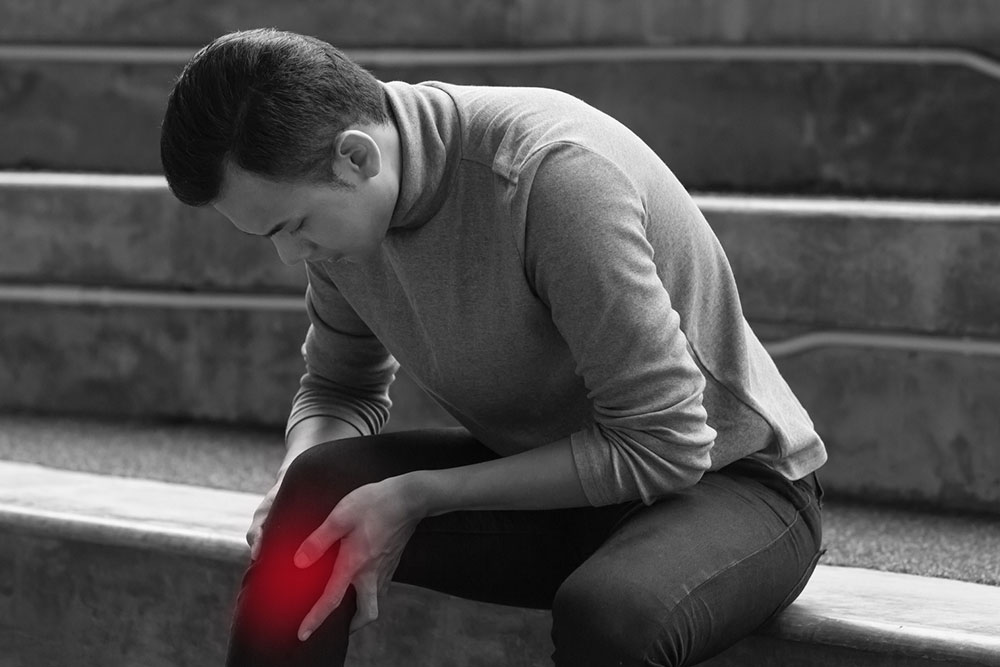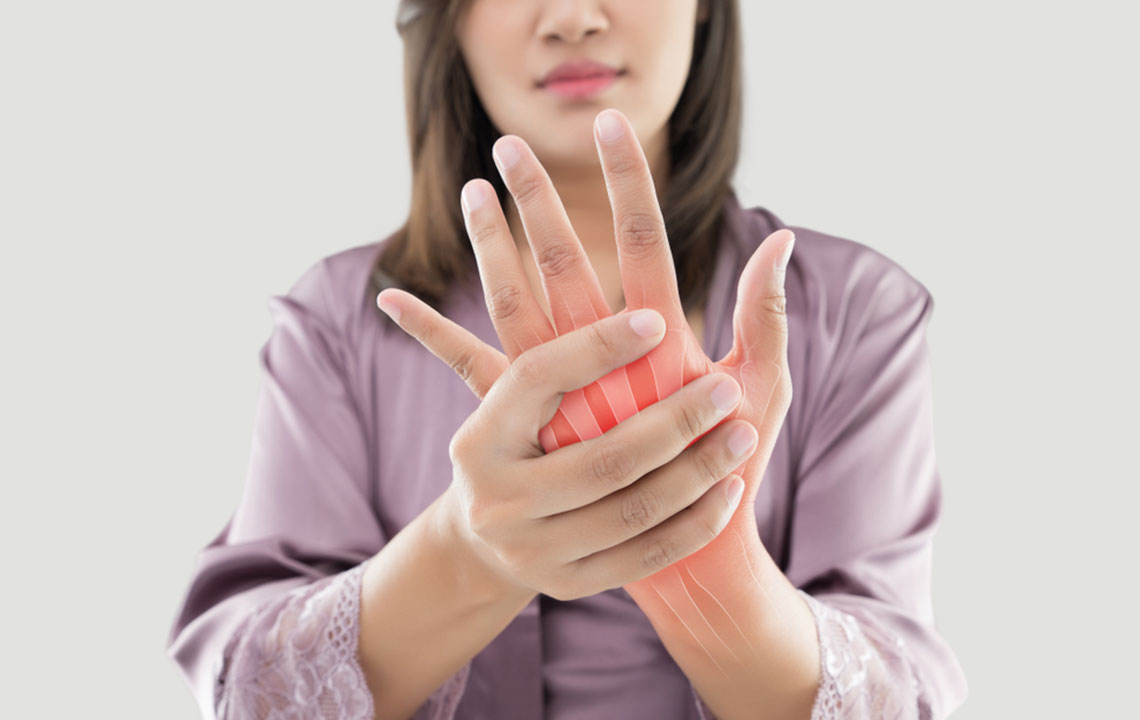The Underlying Causes of Joint Pain
Joints are essential parts of the skeletal system that knit all the bones inside the body into one single structure. They are of paramount importance as they are responsible for the smooth movement of limbs. Most joints are freely movable, like the knee. Some allow minimal or no movement, such as those in the brain. Also, there is a particular type of fluid present between the bones that are united in the joint region, to prevent friction.

An individual suffers from joint pain when these joints get damaged due to various reasons. The severity of the pain depends on the type and level of inflammation. Injury to the joints is a common phenomenon experienced by those who regularly participate in sports and other physical activities. Temporary conditions such as sprains and strains can be easily cured, whereas, conditions such as rheumatoid arthritis and bursitis can turn into lifelong ailments.
Joint pain can cause a dip in the level of body movement followed by complexities in executing daily chores. Moreover, exertion can exacerbate the illness. Usually, muscular activity is restricted until the joint pain subdues to prevent the condition from getting aggravated. The problem of joint pain stems from a number of reasons such as:
- Obesity
People who are obese face a higher probability of contracting arthritis. Obesity or increased body weight can exert pressure on the joints making them weak over time. Osteoarthritis is a common type of joint inflammation encountered by obese individuals. It becomes essential to fight obesity as it saves the individual from other lethal diseases as well. - Old age
As an individual grows old, his/her joints and ligaments tend to get fragile. Senior citizens wearing cervical collars is a common sight. Also, with old age, the synovial fluid diminishes. This contracts the cushion between cartilages resulting in increased abrasion between the bones. An example of this phenomenon is knee pain. - Injury
Sprain is an ordinary injury to the joints that ensues from wear and tear of ligaments. They are sensitive tissues that bind two bones together and support the formation of a joint. More often than not, excessive activity and overstretching are responsible for an injury. Swelling, redness, and pain are typical symptoms of a sprained joint. - Disease
Joint pain may also be caused by an underlying disease that forms the disintegration of cartilage between the bones of a joint. It makes the joints rigid and firm. Rheumatoid arthritis is an example of a disease that causes chronic joint pain. - Cancer
Though, bone cancer can be the reason behind joint pain, it is highly unlikely and occurs in the rarest of cases. It is, however, possible that joint pain is a sign of cancer in some other part of the body. Therefore, if the pain in the joints persists for a long period of time, a doctor should be consulted to find out the probability of a malignant or non-malignant tumor. - Side effects of medicines
Sometimes, a particular category of medicines can also cause joint pain. Joint pain is just one symptom of the body’s reaction to medicines. It may be accompanied by small outbursts on other parts of the body such as rashes. Joint pain is often experienced when a new medication is undertaken. - Fibromyalgia
This disorder involves the reaction of the brain’s receptors to pain signals. It affects the entire body and is particularly triggered by arthritis. Apparently, fibromyalgia does not cause any further inflammation or injury to the joints, but, augments the already existing pain. Constant pain can affect the span of attention and sleep schedules.
Joint pain is clubbed into two specific categories – arthritis, which is marked by inflammation of the joints and arthralgia, which is marked by non-inflamed, injured joints. The following major diseases are associated with joint pain:
- Gouty arthritis
This is distinguished by acute joint pain that occurs immediately and ends abruptly. Gouts commonly occur around the toes. - Rheumatoid arthritis
This disorder is an outcome of an abnormal immune response by the body against the joints and is generally inherited. - Osteoarthritis
This disease is less severe than rheumatoid arthritis and is, mostly, a consequence of obesity. It affects the feet and the hands mainly. - Lyme disease
Infected ticks transmit the bacteria that causes Lyme disease. An undiagnosed tick bite can affect the entire body resulting which causes joint pain. - Still’s disease
High fever, joint pain, severe fatigue and pinkish colored rashes can cause joint pain as well.
Joint pain can also be caused by rheumatic fever, septic arthritis, reactive arthritis, sarcoidosis, physical and mental trauma among others. Curing the underlying disease is the ultimate remedy for joint pain. Home care is the first step towards the treatment of joint pain. It can be treated with timely test, complete rest, therapies, medicines and ointments. In extreme cases, joint replacement may also have to be done.




